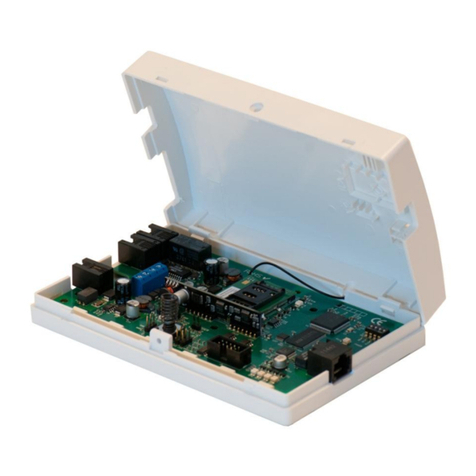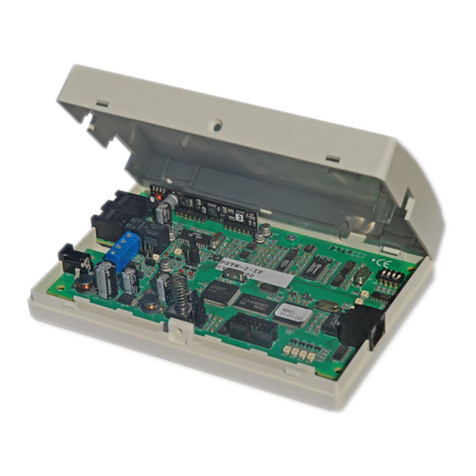
Service manual AlphaCom XL transceiver Rev. 1.4 10-08-2011 Blz. 4/74
TABLE OF CONTENTS
INTRODUCTION............................................................................................................................................7
GENERAL........................................................................................................................................................8
SETTINGS ACCORIDNG TO LOCAL REQUIREMENTS ..........................................................................9
Forcing an alarm message manually........................................................................................................................9
Dutch regulations AL1, AL2 and AL3....................................................................................................................9
QUICK INSTALLATION GUIDE ................................................................................................................11
ALPHACOM XL PROGRAMMING ............................................................................................................12
HARDWARE INSTALLATION ...................................................................................................................13
PSTN tamper loop....................................................................................................................................................14
Analog inputs............................................................................................................................................................15
Relay outputs.............................................................................................................................................................16
Connecting serial logprinter from control panel ..................................................................................................18
ALPHACOM XL PROGRAMMING ............................................................................................................20
Alphatronics Equipment Discovery Tool..............................................................................................................24
Log in .........................................................................................................................................................................24
Status screen..............................................................................................................................................................26
Ethernet configuration..............................................................................................................................................27
GPRS / GSM configuration.....................................................................................................................................29
Webserver configuration .........................................................................................................................................31
Configuration IP transceiver 1................................................................................................................................33
Configuration IP transceiver 2................................................................................................................................34
Monitoring Settings / Fault relay............................................................................................................................35
Configuration inputs 1 to 6..........................................................................................................................................36
PSTN interface configuration.................................................................................................................................38
Serial port configuration..........................................................................................................................................40
Relay output configuration......................................................................................................................................43
Restore Factory Default Settings............................................................................................................................44
Relay control by user ...............................................................................................................................................46
TESTING THE ALPHACOM XL.................................................................................................................47
Back-up function of transceiver 1..........................................................................................................................47
Transceiver 2 as dual transmission.........................................................................................................................47
PSTN back-up function ...........................................................................................................................................48
LED indications on the PSTN-2-IP........................................................................................................................48
DIPSWITCH settings of the AlphaCom XL ........................................................................................................49
Firmware upgrade for the AlphaCom XL (bios flash)........................................................................................50
APPENDIX A Installing the FLASH program...............................................................................................57
APPENDIX B Making a reservation on a DHCP server................................................................................64
APPENDIX C Cable wiring........................................................................................................................... 66
APPENDIX D Reserved port numbers...........................................................................................................67
APPENDIX E.................................................................................................................................................68
APPENDIX F Compatible control panels ...................................................................................................... 71
APPENDIX G SIA-codes............................................................................................................................... 72
APPENDIX H Release notes..........................................................................................................................73
REGISTER.....................................................................................................................................................73
ILLUSTRATIONS
Figure 1: AlphaCom XL transceiver........................................................................................................7
Figure 2: AlphaCom XL connections.....................................................................................................13
Figure 3: Schematics PSTN tamper loop................................................................................................14





























